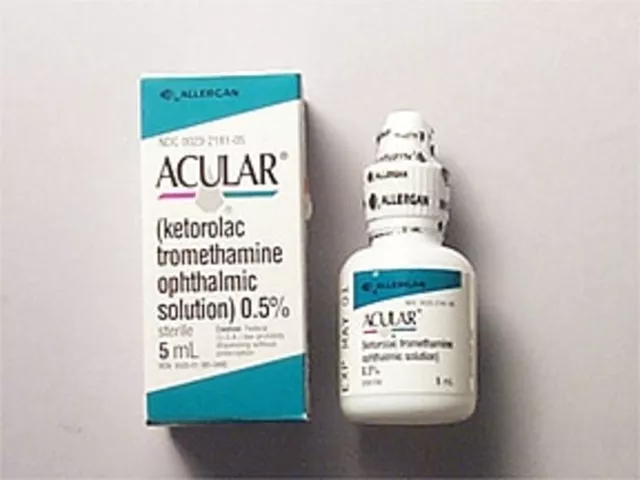Adalat: What It Is, How It Works, and What Alternatives You Should Know
When you hear Adalat, a brand name for the calcium channel blocker nifedipine, commonly prescribed to lower blood pressure and treat chest pain. Also known as nifedipine, it works by relaxing blood vessels so your heart doesn’t have to work as hard. This simple action helps reduce pressure in your arteries and can prevent chest pain caused by reduced blood flow to the heart. It’s not a cure, but it’s a tool that millions rely on daily to keep their cardiovascular system stable.
Adalat doesn’t work alone. It’s part of a larger group called calcium channel blockers, a class of drugs that block calcium from entering heart and blood vessel cells, which helps them relax. Other names you might see include amlodipine, diltiazem, and verapamil. These drugs all do similar things but vary in how fast they act, how long they last, and what side effects they cause. For example, while Adalat kicks in quickly, amlodipine builds up slowly over days — making it better for long-term control. If your doctor switches you from Adalat to another drug, it’s usually because of how your body responds, not because one is universally better.
People using Adalat often take it with other meds — like diuretics, ACE inhibitors, or beta blockers — to get blood pressure under control. But mixing drugs isn’t always safe. For instance, if you’re on grapefruit juice or certain antibiotics, Adalat can build up in your system and cause your blood pressure to drop too low. That’s why knowing your full medication list matters. You’re not just taking a pill; you’re managing a system. And that system includes your liver, kidneys, and even what you eat.
Adalat is also used for angina, a type of chest pain caused by reduced oxygen to the heart muscle. It doesn’t fix blocked arteries, but it helps your heart cope better with the stress. If you’ve ever felt tightness in your chest during exercise or stress, Adalat might be helping you move through those moments without pain. But it’s not a substitute for lifestyle changes. Cutting salt, staying active, and managing stress still matter — maybe even more than the pill.
There are times when Adalat isn’t the right fit. If you have low blood pressure, heart failure, or certain heart rhythm problems, your doctor might pick something else. That’s why comparisons matter. You’ll see posts here comparing Adalat to other drugs like Benicar, ManForce, and even Dostinex — not because they’re the same, but because people often look for alternatives when side effects hit or costs rise. Some switch for price. Others switch because dizziness or swelling became too much. And some just want to know what else is out there.
What you’ll find below isn’t just a list of articles. It’s a practical guide to real-world choices. From how to spot safe online pharmacies for generic versions, to understanding how Adalat fits into your daily routine alongside other meds like metformin or warfarin — every post here answers questions real people ask. No fluff. No jargon. Just clear, direct info on how Adalat works, what to watch for, and what options you have if it’s not working for you.

Discover how Adalat (nifedipine) stacks up against amlodipine, diltiazem, verapamil, and felodipine. A clear, data‑driven guide to pick the right calcium‑channel blocker for your health.






